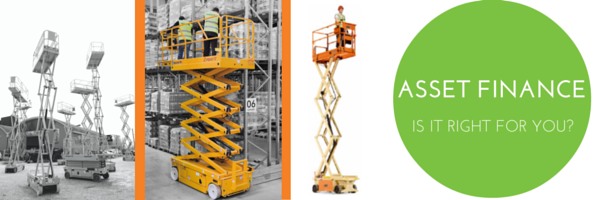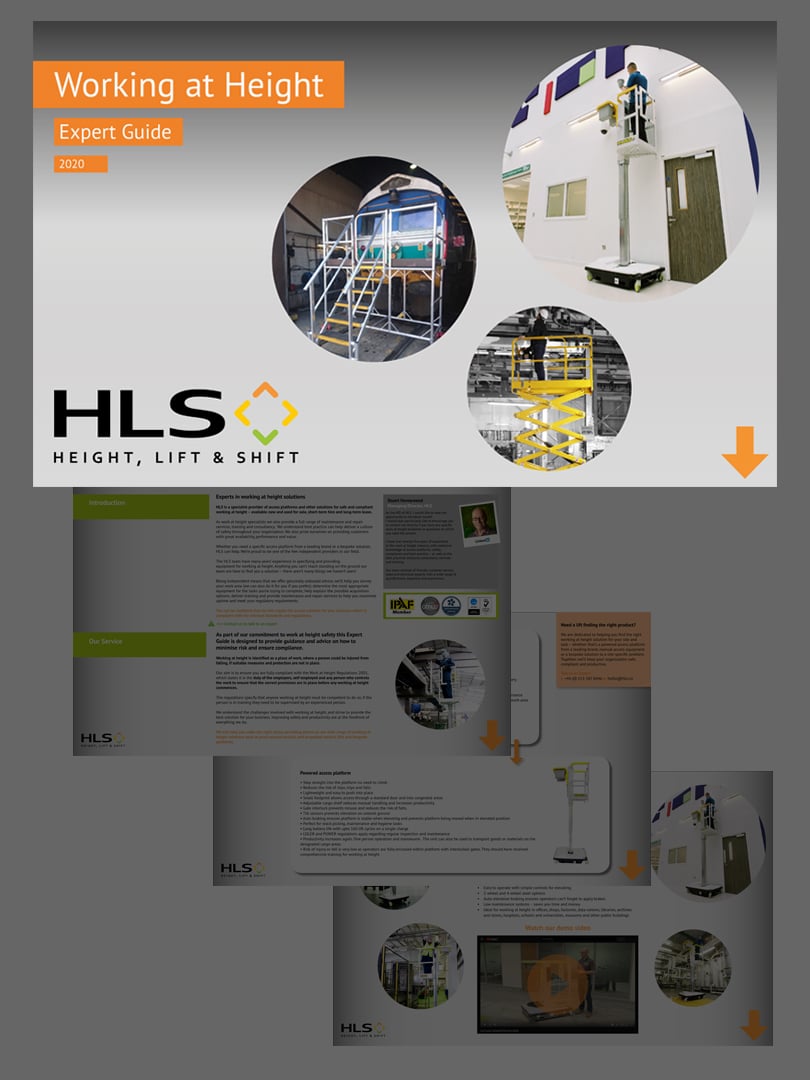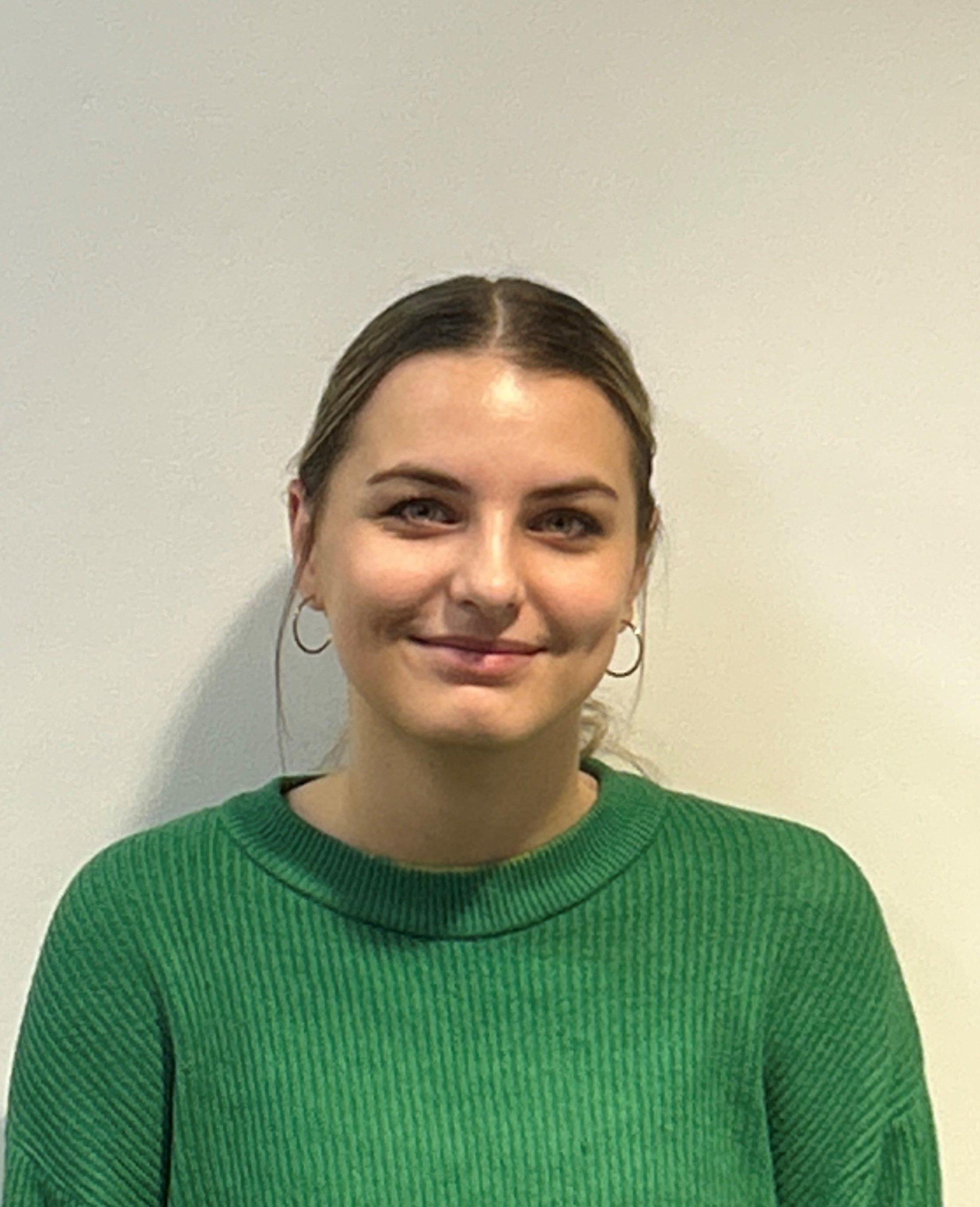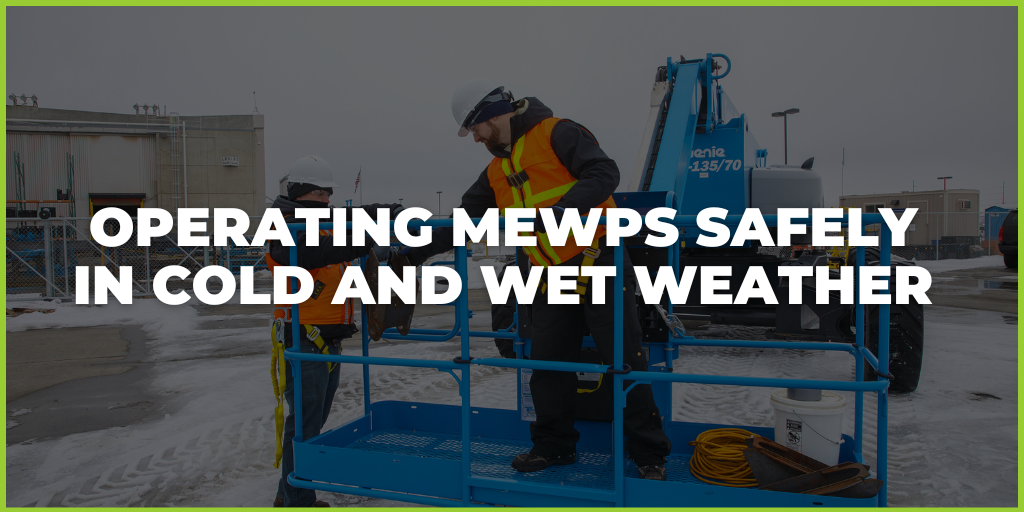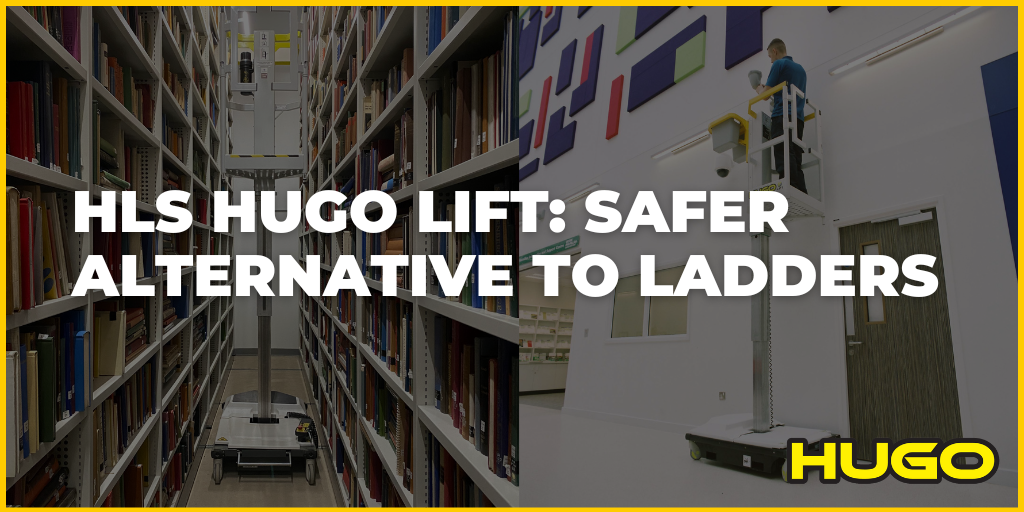![]()
Asset finance is one of the most established methods of acquiring assets in the UK. It has been around for nearly 50 years and in 2015 alone, £29bn was funded using finance; this represents nearly 32% of UK's investment in machinery, equipment and software.[1] These figures reveal that one out of three acquired assets were actually funded in this way. Asset finance's dominance in the marketplace is undeniable and has been steadily growing with an increase of 21% in investment in plant and machinery in 2015 alone, compared to the year before.[2]
You don’t do lease?
There are many negative perceptions about leasing, the main one being the lack of ownership of the equipment.
If ownership is the deal-breaker for you, you need to ask yourself, is it really that important? With all the technological innovation and new updated machines coming out every few years, do you really want to be stuck with an outdated model when actually you can have a much better and more efficient version? Leasing gives you the opportunity to regularly upgrade, as well as offering low repayments, that can free the rest of your cash resources to be invested somewhere else.
If ownership is something you simply can't compromise, then rest assured that with some asset finance agreements you still have the option to purchase the equipment at the end of the term.
Asset finance is an easy and logical option for anyone who can't afford to take thousands of pounds out of their pocket all at once, but knows that in order for their business to move forward and remain competitive they need to invest in better technology or more equipment.
What asset finance options are there?
Lease
Leasing is a commercial agreement in which the leasing company, buys and owns an asset, which is then hired by the customer, who pays a fixed rental over a fixed period of time. “In other words, the payments are so that the customer can use the asset, but not purchase it as such,” explains Nick Simpson, Managing Director of Asset Finance Solutions UK. Once the agreement has run its course the customer has a number of options that they can choose from. They can continue using the equipment, extending their lease and making additional payments. They can decide that they no longer need the asset, whether thats's because it’s outdated or no longer serves the purpose it was initially needed for, in which case they could decide to dispose of it and split the sales proceeds with the leasing company. They could also decide to simply return the asset if the item has reached the end of its economic life. Leasing covers the full value of the equipment and there is no residual value left after the end of the agreement term has finished.
 Operating Lease
Operating Lease
The structure of an operating lease is quite similar, but unlike a finance lease, the asset will not run to the end of its economic life, which means that “the leasing company is not going to be liable for the financing of the full value of the equipment,” says Nick. With this type of leasing there is usually some sort of residual value built in the end, which remains the leasing company's responsibility. So, let’s say the value of the used equipment decreased from £10,000 to £5,000 by the end of the agreement, this decrease in value will affect only the leasing company and has no implications for the customer. All that the customer is committed to is making their fixed payments for the period of time that they have agreed on, which comprises a proportion of the value of the equipment plus all the funding costs that you’d normally associate with it.
“An operating lease is very much for those businesses that want to have the use of an asset in their business which is going to help them grow, help them develop, but at the end of it they’re not bothered about having the ownership,” explains Nick. This means that instead of having all the costs associated with the purchase of an asset you could benefit from a lower rental payment for a certain period of time and when the term ends you won’t be stuck with an outdated and well-used machine, but have the choice to upgrade to a more efficient and modern version. You can also have maintenance and repair services built into your agreement, which decreases the risk of unexpected expenditure on unplanned maintenance. As with finance lease, at the end of the operating lease term, you could choose to continue using the item or simply return it.
An important consideration of leasing is that with finance leases the asset sits on your balance sheet as an asset, so the monthly rental payments that you’re making will go into your profit and loss account and will be accounted for in this way. However, with operating leases the asset is not sitting on the balance sheet, because it’s literally a revenue item.
Hire Purchase
With hire purchase, at the end of the funding agreement, you have the option to purchase the asset. A nominal payment is collected with your final payment and at that point the ownership is transferred to you.
So, if ownership is very important and you would like to be using the asset for the period of time while acquiring it, the best option for you is to go down the hire purchase route. “You can get capital allowances as well, so instead of the payments going into your profit and loss account as a revenue item, you’d get capital allowance with hire purchase, which is tax deductible, so you’ll offset that against your actual profits,” explains Nick. The asset will sit on your balance sheet as a fixed asset, but you will receive legal ownership only after that final payment is made. “Hire purchase is probably the most tried and tested route where people want ownership of the asset at the end of the agreement. When it’s not that important then you’re probably looking at leasing,” sums up Nick.
VAT Treatment
With all asset finance the monthly payments include the capital which is a proportion of the value of the equipment and the funding costs. However, there is a fundamental difference in the treatment of the VAT when it comes to leasing and hire purchase.
With both finance and operating leases the VAT is charged as you’re working your way through the lease agreement and is paid on each monthly repayment. With hire purchase the VAT needs to be paid in full upfront, which could have a big impact on your decision. This usually raises issues for smaller businesses, as a large amount of VAT payable upfront could have a significant impact on their cashflow.
“There are means of mitigating the cashflow impact, because we can do a VAT deferment, whereby the funder effectively gives the customer a short term loan in effect, just to fund the VAT whilst they get their claim in to HMRC, get the VAT refund back and then make the VAT payment afterwards,” says Nick. However, even though the leasing company can try and structure a deal where they defer the VAT to minise the impact on the customer’s cashflow, this is not always available, depending on the size of the business. So, if you’re a very small business, the finance company might decline to provide you with this option and you will then need to go down the leasing route, unless you can afford to pay the VAT upfront.
An exception to this rule are companies that are not VAT registered. Some businesses might not reach the VAT threshold or they might be partially exempt because of their nature, for example some healthcare businesses. In this case claiming the VAT back on any purchases you make can be very difficult. And again, a better option for you will be leasing as you won’t have to make a massive first payment for the equipment you’re purchasing.
Why companies don't want to lease?
Many companies are reluctant to consider leasing as an option, because of their desire to own the item they’re acquiring. So, instead they'll keep patching up the same old machine over and over again in the hope that at some point they'll be able to buy a new one. But why is that?
“A lot of that is down to breaking down traditional values. If you go way back, most businesses would go out and acquire an asset to purchase it, they wouldn’t even use hire purchase or leasing,” explains Nick. There are a lot of companies that still rely on a loan or an overdraft to purchase capital assets, without considering the implications that they might cause. Unlike an overdraft, a finance agreement can't be cancelled, unless you're facing serious financial difficulties and are not meeting your payments. So, while a bank can turn around and call in an overdraft at any point, with asset finance you gain the security to not have your funding or capital investment taken away from you so easily.
The last credit crunch put many people off investing in new equipment, because of fear for their financial future. However, in every business there comes a time when you need to make the decision to part with the equipment that no longer serves you and move on to something better. Patching up old equipment "starts to become uneconomical, because every time that machine is down, needing repair or servicing, all that happens is that it affects the productivity elsewhere. So, you’ve got that situation whereby you can’t afford to go and buy something, but by not doing it you’re having these huge impacts on your business," explains Nick. "So, eventually you get to the point where it makes economic sense to make that investment and asset finance is perfect for that, because it will minimize the impacts on your cashflow and all of a sudden that will develop your capabilities within the business."
It’s all about confidence. It’s very difficult to know when is the right time to invest, but the investment you make will define the type of business you are. If you want to move forward, work efficiently, there's a certain calculated risk to be taken.
The Benefits of Leasing Powered Access Equipment
- Minimum cash expenditure while acquiring the latest equipment - Sometimes purchasing a new machine can be very expensive and if you’re always reliant on your own working capital you might never reach to the point where you’re able to purchase the equipment that you need to work more efficiently. Asset finance enables you to have that vital piece of equipment that can drive productivity and create a safer environment.
- Makes equipment affordable and available to you sooner.
- The small regular payments that you get with asset finance even out your cashflow and help you manage it much more effectively. You know exactly when and how much money is coming out of your account and you know your future commitments.
- You’re locking the repayments at today’s cost and in this way you are avoiding the risk of the equipment’s cost increasing while you’re waiting to be able to make the purchase.
- There are flexible repayment periods that take into consideration your financial circumstances.
- Finance agreements unlike a bank overdraft can’t be cancelled. So, for example, if you’re reliant on a £100,000 overdraft in order to buy stock, pay wages, and acquire new assets, your bank call in that facility at any time. Having a separate capital facility, through asset financing, can help to insulate your business from this risk.
- You can have other items structured in your agreement as well. Your agreement could include not only the particular equipment, but also extend to repair and maintenance.
- Investing via asset finance won’t affect your existing credit lines, your capital resources will remain intact and available to use elsewhere.
- You have multiple options for what to do with the equipment once your lease has expired.
- You are able to upgrade to and use the latest equipment, which can have a significant positive effect on your business productivity.
- It is a quick and easy option, meaning you won't have to wait for months or years to acquire the equipment you need to do business.
To learn more about asset finance download our brief guide below.
References:
[1] The Finance & Lease Association, http://www.fla.org.uk/
[2] White Clarke Group, http://www.whiteclarkegroup.com/news/view/uk-asset-finance-market-growth-shows-no-signs-of-abating
